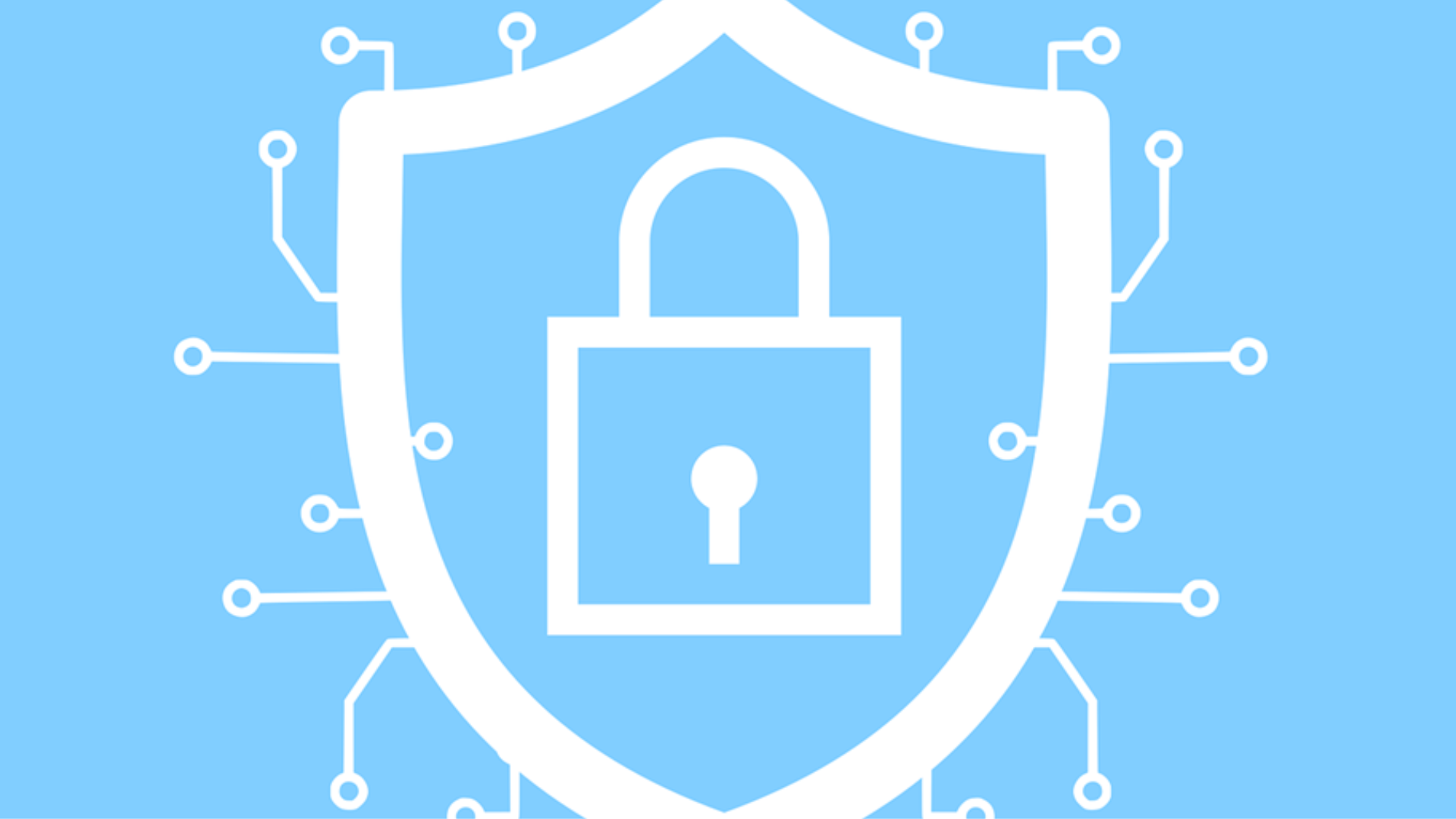October is Cybersecurity Awareness Month: ‘Tis the Season to Stay Vigilant
October is here, and while most of us are gearing up for pumpkin spice lattes, haunted houses, and a month-long binge of horror movies, it’s also the...
3 min read
![]() Totalcare IT
:
Aug 13, 2025 11:00:00 AM
Totalcare IT
:
Aug 13, 2025 11:00:00 AM
Imagine your facility is secured — locked doors, alarm systems, cybersecurity tools all in place. But while your internal systems are protected, a cybercriminal gains access through one of your trusted vendors. This isn't a far-fetched scenario — it’s the reality for thousands of businesses today.
In 2023 alone, supply chain cyberattacks in the U.S. impacted 2,769 entities, marking a 58% increase from the previous year — the highest recorded since 2017.
For manufacturers, these risks are especially critical. From raw material suppliers and equipment vendors to ERP platforms and logistics providers, the average manufacturing supply chain is a complex web of dependencies — and vulnerabilities. A breach at any point in that chain could compromise your entire operation.
The good news? With the right strategies and IT support, even small and mid-sized manufacturers can strengthen supply chain defenses and mitigate risks before they turn into costly disasters.
While manufacturers invest heavily in firewalls and endpoint protection, third-party access points are often overlooked. Every software tool, cloud system, logistics partner, and vendor that touches your data or systems introduces risk.
Unfortunately, many organizations don’t have a clear understanding of all their vendor relationships — or their associated risks. One study revealed that over 60% of organizations experienced a breach caused by a third party, yet only a third were confident those vendors would notify them of a security issue.
You can’t protect what you don’t know. Begin by building a comprehensive inventory of every third-party provider with access to your systems, networks, or sensitive business data.
List everything: Include software vendors, maintenance contractors, logistics firms, and service providers.
Dig deeper: Identify not only your direct vendors but their suppliers as well — indirect risks often go unnoticed.
Keep it current: Review this list quarterly to reflect changes in vendors, systems, or service levels.
Not all vendors are equal. A tool monitoring machine performance poses less risk than a vendor with access to your customer or financial data.
Risk tiers: Classify vendors by their access levels and importance to operations.
Review security history: Check for past incidents, known vulnerabilities, or lack of security transparency.
Verify certifications: Look for standards like ISO 27001 or SOC 2 — and request supporting documentation.
Cybersecurity isn’t a one-time evaluation — it’s an ongoing process.
Go beyond forms: Don’t rely solely on vendor self-assessments. Request third-party audits or penetration test results when possible.
Security clauses in contracts: Define expectations for data protection, incident response, and breach notifications.
Monitor continuously: Use automated tools to detect vendor-related threats, leaked credentials, or suspicious behavior.
Trust without verification is a liability. Protect your manufacturing operations by requiring vendors to meet minimum security standards.
Mandatory controls: Enforce multi-factor authentication (MFA), data encryption, and security policies.
Access limitations: Give vendors only the access they need — no more, no less.
Evidence on file: Keep copies of certifications, audit reports, and contract terms for each vendor.
In a manufacturing environment, Zero-Trust architecture is essential. No user or system should be automatically trusted — including vendors.
Strict authentication: Require MFA for all vendor access points and prohibit legacy login methods.
Network segmentation: Isolate vendor systems from your critical production environment.
Regular reviews: Reevaluate vendor access rights frequently to ensure ongoing compliance.
Even with the best defenses, breaches can happen. Early detection is the key to minimizing damage.
Update monitoring: Watch for unusual system activity, unexpected software updates, or irregular data flows.
Industry collaboration: Share intelligence with peer groups and cybersecurity providers to stay ahead of new threats.
Run drills: Test your defenses with simulated supply chain incidents and refine your response plan.
Managing supply chain security internally can stretch already limited resources. Outsourcing to a managed IT or security provider ensures 24/7 protection.
Always-on monitoring: Catch threats as they happen, not after the fact.
Faster incident response: Reduce downtime and damage during a breach.
Access to expertise: Stay ahead of evolving threats without hiring in-house specialists.
The average cost of a supply chain-related data breach now exceeds $4 million. For manufacturers, these costs can include downtime, production delays, contract violations, and damage to customer trust.
On the other hand, a proactive approach to vendor risk management reduces the chances of these disruptions — and builds a more resilient, secure operation.
Use this checklist as a quick reference for building your own third-party risk management program:
✅ Maintain an up-to-date vendor inventory
✅ Classify vendors by access and risk
✅ Require and verify security certifications
✅ Include cybersecurity clauses in vendor contracts
✅ Limit vendor access based on necessity
✅ Implement Zero-Trust policies
✅ Monitor third-party activity in real time
✅ Consider managed IT and security services for ongoing protection
Cybercriminals are actively targeting manufacturers through the supply chain. The risks are real, but so are the solutions. With the right strategy, you can turn your supply chain from a vulnerability into a strength.
Let us help you build a safer, smarter supply chain. Contact TotalCare IT today to learn how our cybersecurity services can support your manufacturing operations from end to end.

October is here, and while most of us are gearing up for pumpkin spice lattes, haunted houses, and a month-long binge of horror movies, it’s also the...

Zero Trust security is rapidly transforming the cybersecurity landscape. It moves away from traditional perimeter-based security models. In this...

Halloween might be all about ghosts, goblins, and haunted houses—but for manufacturers, the real scares aren’t in your neighborhood. They’re lurking...